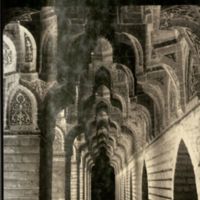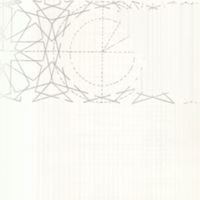The Transformation of Islamic Art During the Sunni Revival
Dublin Core
Title
The Transformation of Islamic Art During the Sunni Revival
Description
"The transformation of Islamic architecture and ornament during the eleventh and twelfth centuries signaled profound cultural changes in the Islamic world. Yasser Tabbaa explores with exemplary lucidity the geometric techniques that facilitated this transformation, and investigates the cultural processes by which meaning was produced within the new forms. Iran, Iraq, and Syria saw the development of proportional calligraphy, vegetal and geometric arabesque, muqarnas (stalactite) vaulting, and other devices that became defining features of medieval Islamic architecture.
Ultimately, the forms and themes described in this book shaped the development of Mamluk architecture in Egypt and Syria, and by extension, the entire course of North African and Andalusian architecture as well."--Jacket.
Ultimately, the forms and themes described in this book shaped the development of Mamluk architecture in Egypt and Syria, and by extension, the entire course of North African and Andalusian architecture as well."--Jacket.
Creator
Yasser Tabbaa
Publisher
Seattle : University of Washington Press
Relation
Series: Publications on the Near East, University of Washington
Table Of Contents
1. The Sunni Revival -- 2. The Transformation of Qur'anic Writing -- 3. The Public Text -- 4. The Girih Mode: Vegetal and Geometric Arabesque -- 5. Muqarnas Vaulting and Ash'ari Occasionalism -- 6. Stone Muqarnas and Other Special Devices -- 7. The Mediation of Symbolic Forms.
Text Item Type Metadata
Original Format
Book
Citation
Yasser Tabbaa , “The Transformation of Islamic Art During the Sunni Revival,” Humanities Hub, accessed January 7, 2026, https://humanitieshub.sdsu.edu/omeka/items/show/1156.


